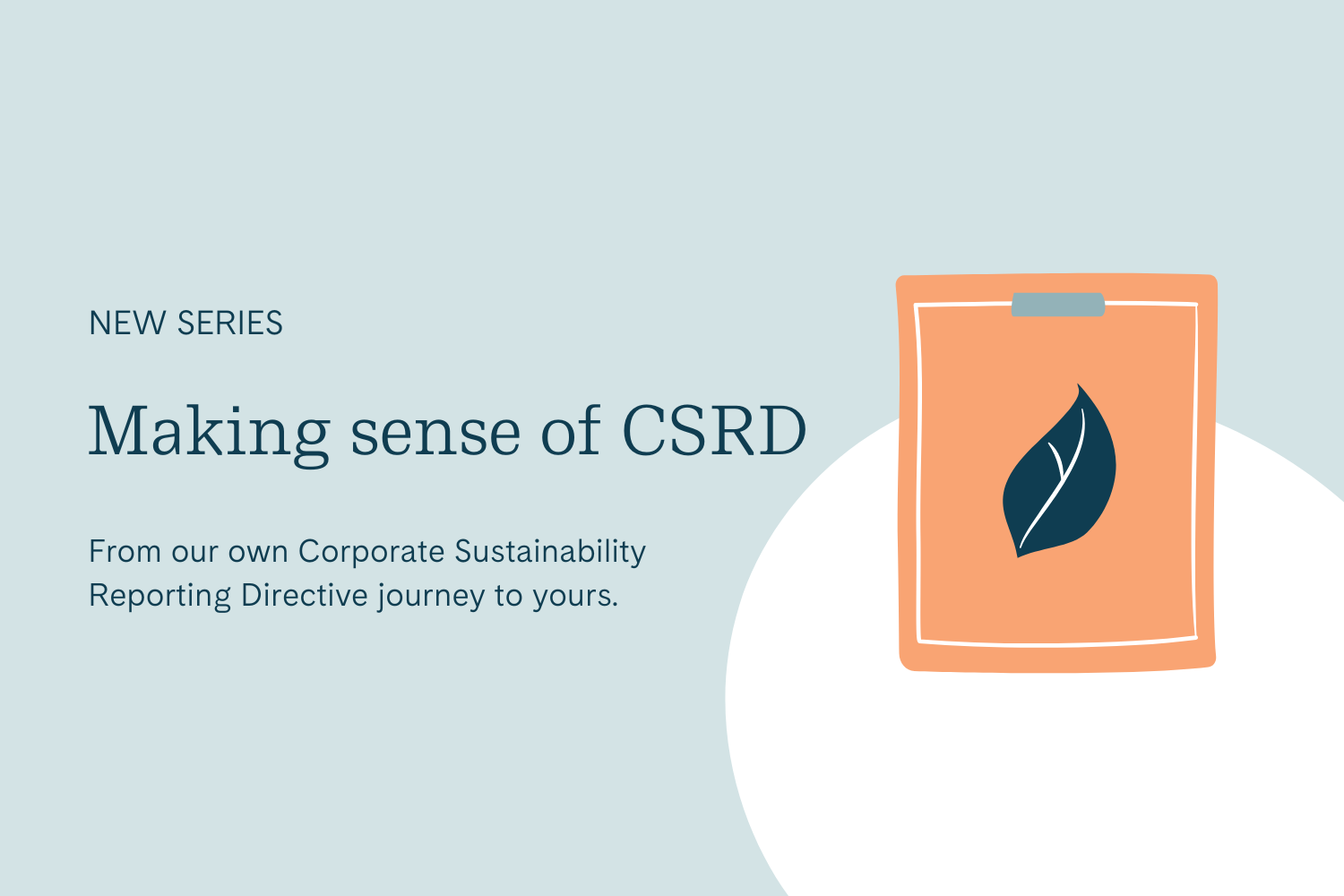Most companies will have to report sustainability data on their own and their value chain operations by the year 2025 at the latest. The figures must be collected and calculated in a reliable manner and must be verifiable. The prerequisite for these changes is that sustainable development is integrated into the company’s way of operating, and individuals understand the impact of their decisions on the overall picture.
The digitalised product lifecycle emphasises such holistic thinking. Digitalisation enables the sustainable development of a product, with structurally managed data at its core that can be transformed into sustainability information for all parts of the value chain.
A virtualised product concept enables sustainable business decisions. During the product conceptualisation phase, understanding of the market, customer needs, technological possibilities, and limitations is clarified for sustainable development, considering aspects such as:
- Sourcing of materials or raw materials (taking into account climate impacts and recyclability)
- Impact during product use (e.g., choice of fuel)
- Maintenance and repair solutions throughout the product lifecycle
- Utilisation of the product at the end of its lifecycle (recycling).
This aligns with the new Ecodesign directive and the existing EU Taxonomy Regulation, which influence what business models are considered sustainable in the future. Ultimately, the concept emerges as a business decision based on presented alternatives. Different simple conceptual models or virtual prototypes, demonstrating the environmental impacts of the product, help in creating alternative scenarios before the final decision.
Get your organisation equipped to handle sustainability data according to new regulations
Responsible product development
A virtual prototype helps speed up the completion of a new product while reducing the need for physical prototypes, fundamentally lowering, for example, CO2e emissions. Various simulators enable testing a virtual prototype with real control devices.
Product development engineers constantly make decisions about technological solutions in a product, and they should be able to make choices that reduce, for example, the carbon footprint. The decisions are based on up-to-date, reliable data on used components and, on the other hand, processed information on how products are actually used. Ideally, they have a virtual prototype of the product, helping understand the impact of choices. Responsible sustainable product development is based on high-quality data and processed information.
Agile sustainable development in manufacturing
The carbon footprint of a product is mainly decided during product development. Virtual prototypes can be used in production planning. On the other hand, comprehensive quality assurance as a part of the production chain ensures product quality and minimises all kinds of waste.
In the Smart Factory concept, data plays a significant role. Data from the production environment can reveal development opportunities that are also economically viable, such as reducing procurement costs (materials, energy) or minimizing production waste.
Structural data from company systems enables individual product configuration and, in the future, the creation of a digital product passport. At the core is the continuous management of data assets and its agile utilisation.
Sustainable product use
The most significant part of a product’s carbon footprint comes from its use in the target environment. The manufacturer has a significant role in how the product’s use is made sustainable. The supplier can already encourage sustainable product use through its business model. Even today, the operator (driver) of a work machine affects how environmentally friendly the machine is used, and user interfaces provide information to operators about machine usage. Through the data collected from machines, supervisors can guide operators to drive more economically. New operators can be trained more environmentally friendly, as Sandvik does. As automation and autonomy increase, machine usage can be optimised in all conditions.
In addition to the daily use of work machines, sustainable maintenance and repair operations play a significant role. How to maintain machines predictively and timely: not too early, but not too late? This means combining the worlds of IT and OT, i.e., merging traditional companies’ ERP, CRM, PLM data (IT) and, on the other hand, combining product IoT data (OT). User role-specific solutions help different parties, both the supplier and the customer, develop their operations with environmental considerations.
Summary
Sustainable product development requires a comprehensive digitalised approach, involving long-term, patient work. Data is systematically collected, sensibly managed, and thus enables the use of product-specific sustainability information for various purposes throughout the product lifecycle.



